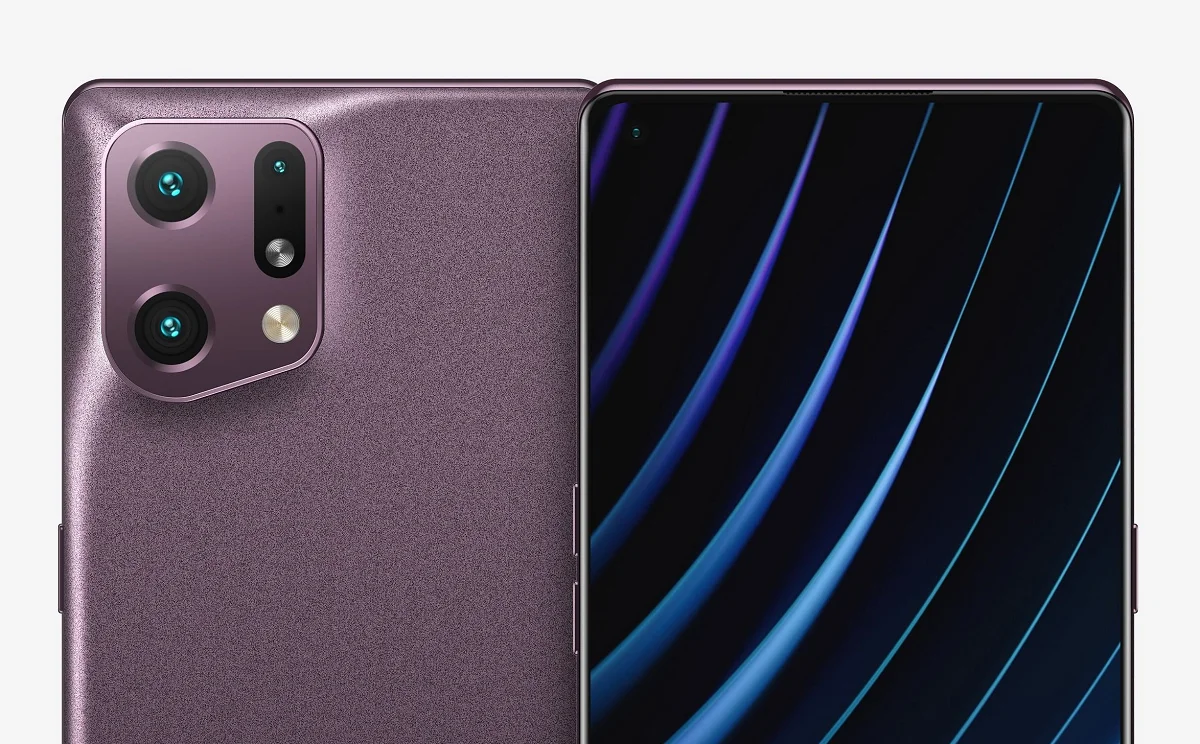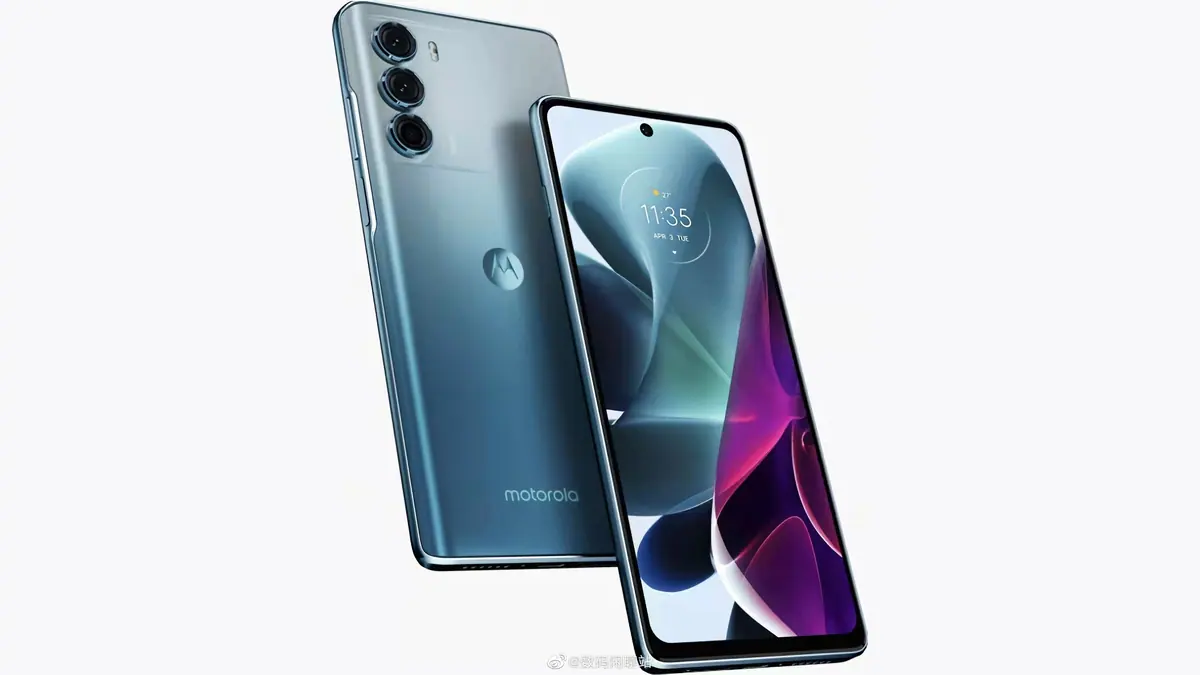Put yourself in the situation. You wake up one day, look out the window and see that it’s raining like there’s no tomorrow, so you decide to put on your augmented reality glasses and enjoy a few minutes of escapism in the Metaverse before heading to the office. Of course it’s summer there and the weather is so nice that you dare to take a walk on the beach. The problem is, while you’re enjoying the sun, the breeze, and the cormorant song, a wasp lands on your neck and stings you.
What is happening? Do you feel pain? It would be normal, wouldn’t it? Didn’t we agree that what really makes Metaverse special is that it offers an absolutely immersive experience that sets it apart from virtual reality? And wouldn’t it make sense for pain to be included in that package?
H2L, a Japanese startup backed by the multinational Sony, thinks so. According to him, the Metaverse will (also) suffer. You know, just like in school Fame.
Purpose: not to lose any nuances
Although the Metaverse is basically a concept that started to take shape, especially with the pressure of Meta (former Facebook), there are already companies working to offer users new experiences in virtual worlds. H2L is one of them. The Japanese company, which has a 10-year history, received Sony’s support and managed to generate $8.4 million in revenue, is working on a technology. reproduces tactile sensations with electrical stimulation. Among them, boredom, keys, defense, so we perceive Metaverse as an authentic environment.
“Feeling pain allows us to make the Metaverse world a real world with a greater sense of presence and immersion,” says Emi Tamaki, CEO and co-founder of the company. Financial Times. He knows very well what he’s talking about. Besides being an expert in tactile technologies related to touch, Tamaki suffers from a congenital illness that marks her adolescence and determines her life and motivates her to seek ways to relate physical experience to machines.
Its goal – as he explained to the British newspaper – is “to liberate people from all constraints in terms of space, body and time” by 2029, which he hopes H2L devices can do. spread to different applications.
Logically, they don’t have to just reproduce the pain in their minds; The Japanese company also wants the user to be able to experience “real sensations” when lifting an object, such as the weight of catching a ball, or the pecking of the bird we feed.
To achieve this, H2L has developed a bracelet that detects muscle flexing and uses electrical stimulation to manipulate them and mimic sensations. The device also makes it possible to copy the movements of the user’s avatar and transfer them to the virtual world.
On the website you can see a video of the FirstVR device, including some glasses; and the “Hand Owned” kit. “If you wear a bracelet-type controller around your arm and goggles, you can immediately experience a new VR/AR sensation,” he emphasizes. On the FirstVR page, the option to purchase the device in Japan is available for 9,980 yen. about 74 euros.
The company emphasizes that its technology can be used, for example, to experience kayaking on rivers around the world, to improve telework or to use in games. But Tamaki insists on applications of a technology that he emphasizes could help connect the real and virtual worlds. “People like me who can’t go out often due to heart disease can travel anywhere, anytime,” says H2L’s co-founder.
While it’s not unusual for a company to openly declare that one of their goals is to – literally and literally – to make their customers suffer, the reality is that H2L not alone company that aims to provide immersive experiences in virtual reality.
In November, Meta announced that it is working on a tactile glove from Metaverse that asks us to feel like real objects. As detailed later, the device will clearly detect edges, smoothness, and vibrations of elements that don’t actually exist. In Spain, OWO has also developed a tactile jacket that reproduces the senses.
Pictures | H2L














